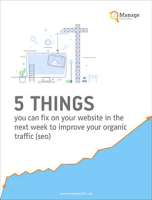You’re not alone in asking, “How do I drive traffic to my website?”
Even the biggest brands in the world are constantly working to boost their online visibility. Take Coca-Cola, for example. During their “Share a Coke” campaign, they replaced their iconic logo with popular names, encouraging people to search for their own names or those of friends and family. This simple yet brilliant move not only created a buzz but also drove massive organic traffic to their website.
Even after the campaign officially ended in 2020, Coca-Cola continued to see an increased popularity to their online shop for personalized bottles. Their success was so big that they will relaunch this campaign!!

Why? Because they understood the power of SEO and user-generated content. They turned their product into a searchable experience, leveraging personalized keywords and social media engagement to boost their online presence. If a global giant like Coca-Cola is using SEO strategies to drive traffic, it’s clear that no brand—big or small—can afford to ignore it.
But here’s the thing: SEO isn’t what it used to be.
While Coca-Cola’s strategy worked brilliantly, today’s marketing leans harder into visuals, storytelling, and sharing the process with your audience (think behind-the-scenes content or interactive trends like TikTok challenges). That said, SEO remains a long-term powerhouse—when done right.
These techniques might not yield overnight miracles, but when layered with modern engagement tactics, they’ll steadily grow your traffic and keep it there.
In this article, “How to Drive Traffic to Your Website: 52 Ways to Gain Traffic in a Week” we’ll explore actionable strategies to help you attract more visitors to your site—proven tactics that even the biggest brands rely on.
Table of Contents
52 Ways to Drive Traffic to Your Website Fast
1. Write Useful Content (aka Create Content That Answers Questions)
Neil Patel, a leading digital marketing expert, has a straightforward SEO strategy that focuses on answering common questions people search for on Google. By targeting question-based keywords, you can tap into low-competition, high-traffic opportunities and drive organic visitors to your site.
Here’s how it works:
Use Quora to find ideas
Neil uses Quora as an example to show how answering questions can generate massive traffic.
Quora ranks for millions of keywords, many of which are questions, and attracts hundreds of millions of visitors monthly. The key insight? People constantly search for answers online, and by creating content that addresses their questions, you can rank higher on Google with less effort.
Finding the Right Questions in your market
To get started, Neil recommends using Ubersuggest, his SEO tool, to identify popular questions in your niche (don’t worry, it is free).
Simply enter a keyword (e.g., “digital marketing” or “dog food”), and Ubersuggest will generate a list of frequently searched questions. The tool also provides metrics like search volume and SEO difficulty, helping you prioritize questions that are easy to rank for and have high traffic potential.
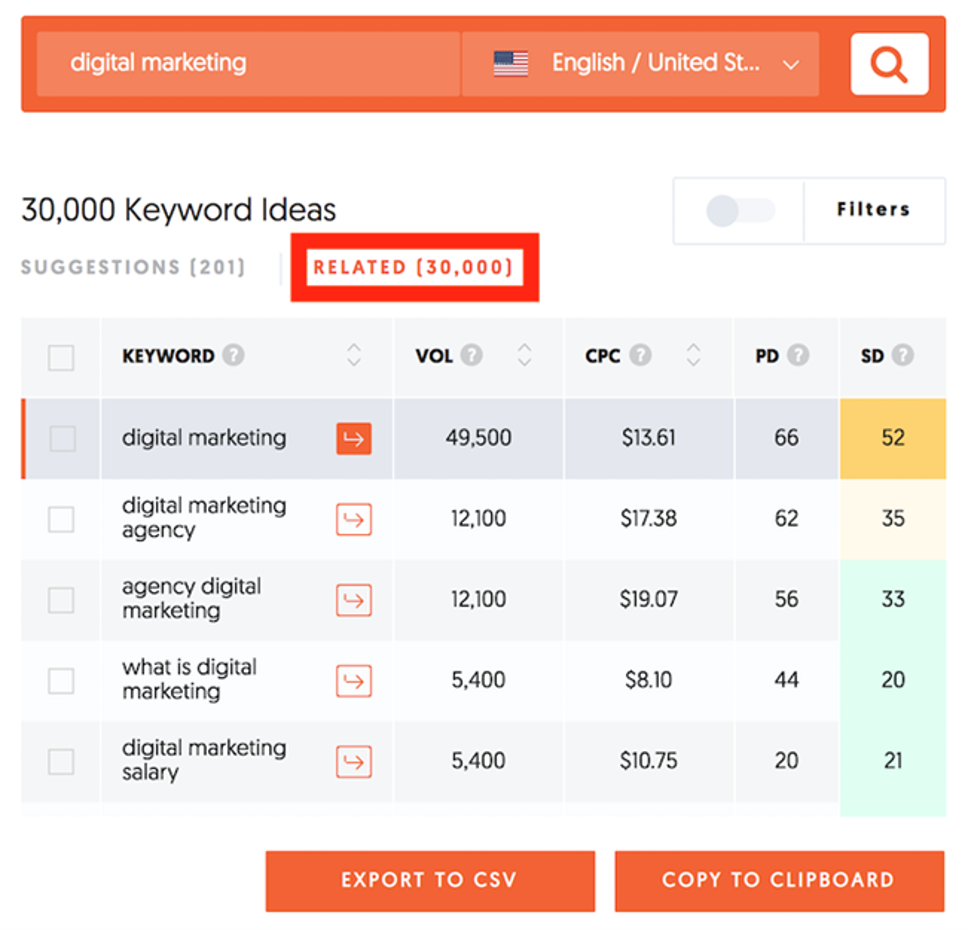

Creating Valuable Content for your audience
Once you’ve identified the right questions, create detailed articles or blog posts that answer them. For example, if you’re in the pet industry, you could write “How Is Dog Food Made?” and include helpful tips or product recommendations.
This type of content not only ranks well but also engages your audience, making it easier to monetize through affiliate links, email sign-ups, or product sales.
Long-Term Success
The trick of this strategy is its scalability.
While one article might not bring in huge traffic, creating multiple pieces of content can lead to significant results. For instance, 100 articles each driving 1,000 visitors a month can collectively bring in 100,000 monthly visitors. By consistently targeting low-competition, high-volume questions with tools like Ubersuggest, you can build a sustainable traffic source over time.
Neil Patel’s question-based SEO strategy is a practical, effective way to drive traffic without competing for highly competitive keywords. By leveraging Ubersuggest to find popular questions and creating content that answers them, you can attract more visitors, improve your rankings, and grow your online presence.
It’s a simple, scalable approach that works—why not give it a try?
2. Publish long-form articles
Long-form content (think 1,000+ words) is a proven way to boost your website traffic. Here’s why:
- Better SEO Rankings: Google loves detailed, in-depth content because it provides more value to users. Studies show that longer articles (around 2,000 words) tend to rank higher and attract more organic traffic.
- More Backlinks: Comprehensive guides and articles naturally include more link-worthy points, making them more likely to be shared and referenced by others.
- Engages the Right Audience: While not everyone reads long-form content, the right audience—those genuinely interested in your topic—will spend more time on your site. This builds trust and keeps them coming back.
- Covers More Ground: Longer content allows you to address multiple subtopics and keywords, increasing your chances of ranking for a variety of search queries.
The key? Write content that’s as long as it needs to be to thoroughly cover the topic—no fluff, just value. Whether it’s a 1,000-word blog or a 3,000-word guide, focus on quality and relevance, and the traffic will follow.
3. Publish More List Posts
List posts, or articles with headlines featuring a numbered collection of things (e.g., “10 Best SEO Tools”), are a powerful way to drive traffic to your website. Platforms like BuzzFeed have built their entire content strategy around listicles, and for good reason.
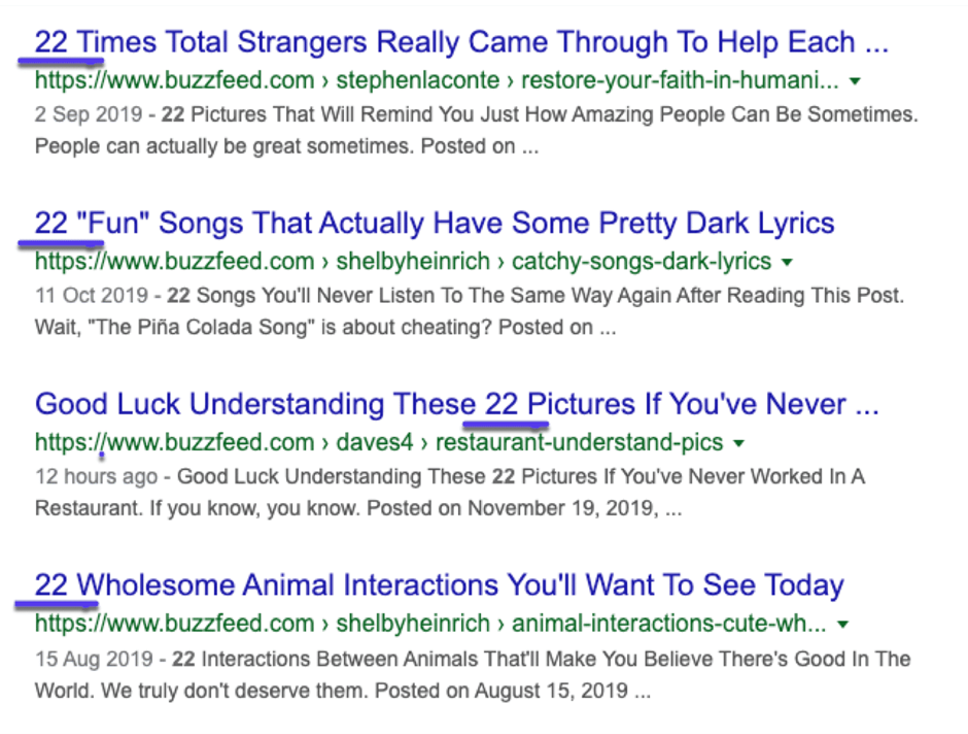
Numbers in headlines act as a psychological trigger, drawing the eye and making readers more likely to click. This phenomenon is tied to the “Click, Whirr” response, where the brain is naturally activated by structured, predictable information. Lists are also easy to scan, which aligns with how people consume content online—quickly and efficiently.
Research supports the effectiveness of lists. Studies by BuzzSumo and Conductor show that headlines with numbers generate higher click-through rates (CTR) and more social shares.
For example, BuzzSumo analyzed over 100 million articles and found that listicles consistently outperform other content formats in terms of engagement. Similarly, the Nielsen Norman Group found that users prefer scannable content, and lists provide exactly that. By breaking down information into bite-sized pieces, lists improve readability and retention, making them a favorite for both readers and content creators.
However, while list posts are excellent for driving traffic, they are not the best format for converting visitors into customers. Lists are great for attracting attention and providing quick, actionable insights, but they often lack the depth needed for high-conversion goals.
For conversions, formats like in-depth guides, comparison landing pages, or case studies tend to perform better. These formats provide more detailed information and build trust, which is crucial for turning casual visitors into loyal customers.
List posts are a proven way to boost traffic and engagement thanks to their psychological appeal and scannable structure. They work because they align with how our brains process information and what users expect from online content.
While they may not always drive conversions, they are an essential tool in your content marketing arsenal for attracting attention and building awareness. For higher-conversion goals, consider pairing list posts with more detailed content formats to create a well-rounded strategy.
4. Collaborate with other Influencer to tap into their audiences
One of the major processes we’re focusing on right now is how to drive traffic to your website, and collaborating with infleuncers is a great way to do it. .
The idea behind this is simple: by collaborating with influencers who have similar audiences, you can educate potential customers about your brand and build trust. A great example of this is Tiege Hanley, a men’s skincare brand that gained massive momentum by partnering with YouTubers who shared their target audience.
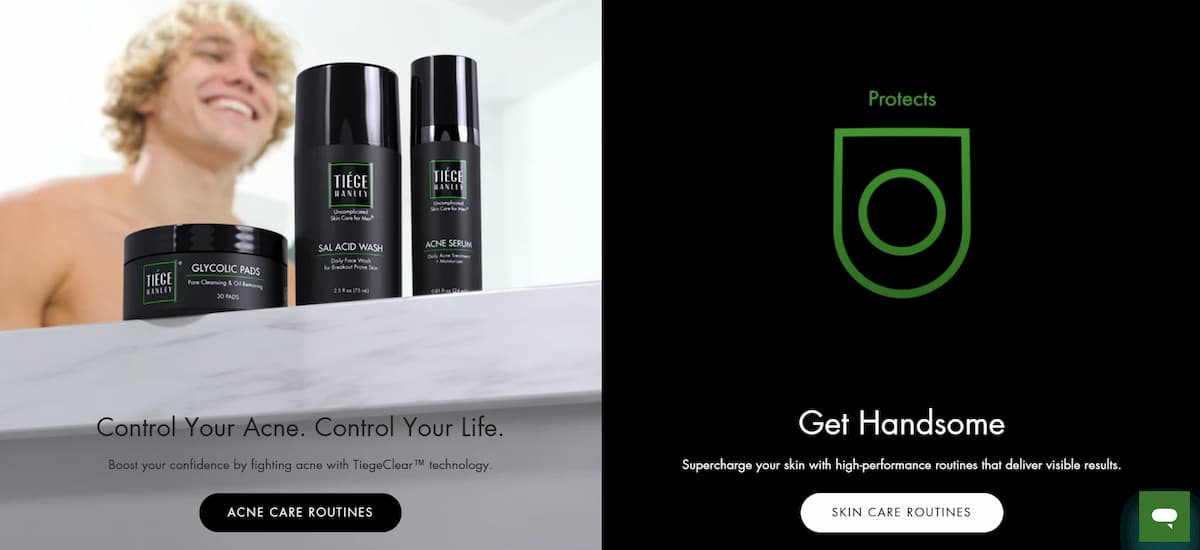
By leveraging these collaborations, they were able to drive traffic, build brand awareness, and simplify their product messaging for customers.
The key to success lies in educating your customers, especially when you have a potentially complicated product.
For Tiege Hanley, this meant creating customized landing pages for each influencer they worked with, ensuring a seamless experience for their audience. This approach not only boosts conversions but also strengthens the relationship between the brand and the influencer.
By mastering this process, you can turn influencers into affiliate partners, offering them a percentage of sales as an incentive. This creates a win-win situation where both parties benefit from the collaboration.
But influencer marketing isn’t just about social media shares or affiliate deals—it’s about building authentic relationships that lead to long-term SEO benefits. When you collaborate with influencers, you’re not just getting a one-time traffic boost; you’re earning backlinks, improving your search rankings, and establishing authority in your niche.
Tools like BuzzSumo and Moz Bar can help you find the right influencers and measure the impact of your collaborations.
Ultimately, the goal is to create a strategy that combines education, relationship-building, and SEO optimization. By working with influencers to create valuable content, you can attract qualified visitors, generate leads, and build a loyal customer base. Whether it’s through guest blogging, expert roundups, or YouTube collaborations, the key is to focus on long-term partnerships that deliver lasting results.
5. Write Eye-Catching Headlines Using Analyzers
A compelling headline is the gateway to gaining traffic to your website. To craft one that grabs attention, focus on blending clarity with emotional pull.
Start by being specific—headlines with numbers like “7 Secrets to…” or “5 Mistakes That…” consistently perform better because they promise concrete value. Use strong action verbs such as “Boost,” “Master,” or “Transform” to create momentum, and always highlight the clear benefit your reader will gain, whether it’s “Saving Time” or “Growing Sales.”
Adding an element of urgency (“Don’t Miss Out”) or curiosity (“What Top Marketers Know”) can further increase engagement.
Headline analyzers take the guesswork out of this process.
Tools like CoSchedule’s Headline Analyzer or the Advanced Marketing Institute’s EMV scorer, evaluate your headlines based on emotional impact, word balance, and readability.
They provide a percentage score that rates your headline’s effectiveness, suggest more powerful word choices, and help you optimize length—typically 6-8 words work best. These tools compare your headline against proven templates, showing you exactly where to improve for maximum click-through rates.
If you are not sure on how to write a headline, you can try my Post Title Headline Generator and then analyze the results. This way, you can get great headlines that convert fast and easy.
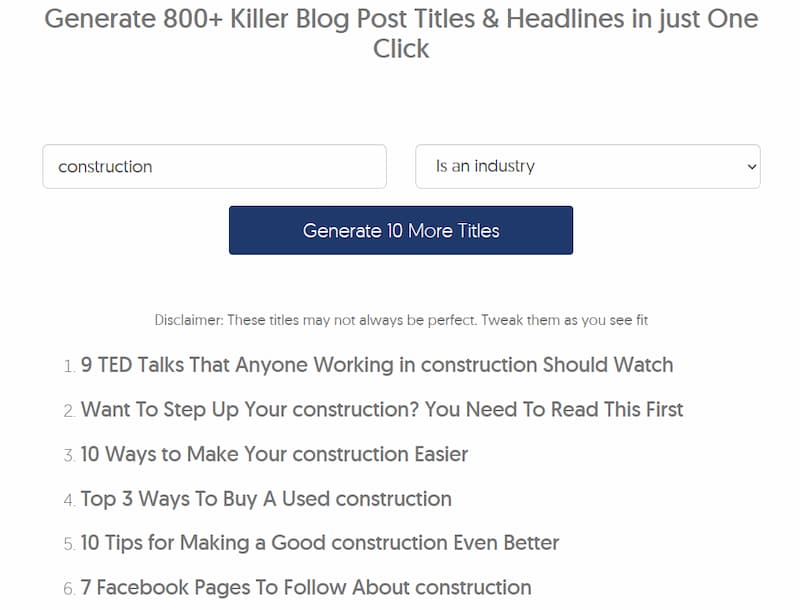
To get the most from analyzers, test multiple headline variations and look for patterns.
A high-scoring headline usually balances emotional and rational appeal while avoiding weak or vague language.
Don’t just rely on the score—validate it with A/B testing in real campaigns. Small tweaks, like swapping a single word or adjusting punctuation, can sometimes double engagement. The best headlines pass two critical tests: they communicate value instantly (the “skim test”) and make readers curious to learn more (the “curiosity test”).
For critical content, run your headline through multiple analyzers to confirm its strength. The best performers often combine specificity, benefit-driven language, and emotional resonance. Remember, your headline is your first—and sometimes only—chance to hook your audience. Refining it with data and testing ensures you make that impression count.




